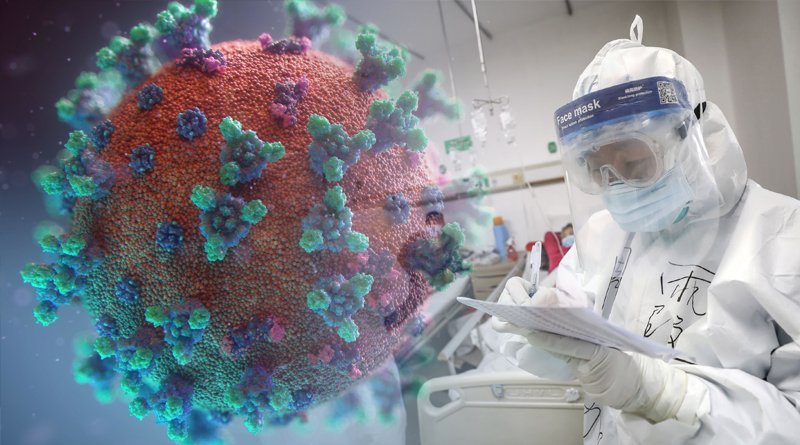China’s first locally produced COVID-19 mRNA vaccine was used for the first time on Sunday in Shijiazhuang, in the Hebei Province of North China.

China’s first locally produced COVID-19 mRNA vaccine was used for the first time on Sunday in Shijiazhuang, in the Hebei Province of North China. The Taoyuan community healthcare centre, created by the local pharmaceutical firm CSPC Pharmaceutical Group, is where locals can get the mRNA vaccines they require.
The Central Leading Group for Novel Coronavirus Prevention and Control recommended the SCTV01E protein subunit vaccine and mRNA vaccine from CSPC for use as boosters in China’s COVID-19 vaccination plan.
Sino Cell’s phase III clinical trial of SCTV01E against Omicron and its sub-strains has demonstrated good protective efficacy, and CSPC’s mRNA vaccine has a good cross-protection effect against the Omicron variants. Chinese internet users are claiming that they have contracted COVID-19 a second time, this time with less severe symptoms.
Zhuang Shilihe recommended that Chinese people receive booster doses of several vaccines that contain the Omicron antigen. These include the bivalent vaccine from Moderna and the SCTV01E from Sino Cell. The fourth dose must be a different technology than the inactivated vaccine for the first three shots.
The Omicron variants have emerged as the predominant strains in China, according to the China CDC. Late in April, 74.4 percent of locally transmitted infections in China and 97.5 percent of cases imported into China were caused by the XBB series of Omicron variants.
An official from the National Administration of Disease Prevention and Control stated at a press conference on May 8 that although there was a slight increase in the epidemic in some areas over the recent May Day holidays, the number of serious cases in hospitals across the nation did not significantly increase.
According to the official, cluster infections may spread to more locations after the holidays, but a regional-scale outbreak is unlikely.
Wang Guangfa, a respiratory specialist at Peking University First Hospital stated that after a while, the number of people who contract the coronavirus again will increase but eventually decline. This winter, as the weather gets colder and more people lose their immunity, Wang predicted a larger wave may occur.
The plan reduces the gap between shots from six months to three months, focusing on those who haven’t finished all of their shots, because high-risk groups may contract the disease again within six months of their initial infection.